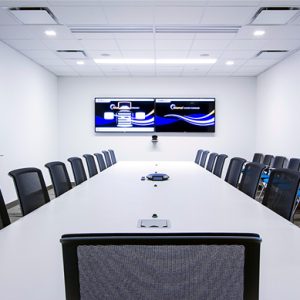Smart board
Perfect replacement for traditional blackboards in schools. We enable teachers to teach concepts accurately and effectively, students to experience fun-based learning, and making parents confident about their child's learning journey.

Benefits of Smart Board in Classrooms
- Enriching Teaching
- Learning Experience
- Fostering futuristic Learning
- Engaging Classroom Delivery
- Engaging Teaching-Learning Experience
Technology has brought a significant change in education, and Smart Boards have revolutionized the traditional method of teaching in the classrooms. Smart Boards are interactive display that use touch technology and digital tools to make teaching and learning more engaging, interactive, and collaborative. It is a tool that can make a big difference in the way students learn and understand the concepts. Smart Boards have gained popularity over the years, and many schools are adopting them as a tool to enhance the learning experience.
Features of Smart Boards
Smart Boards come equipped with various features that make them an ideal tool for teaching and learning. Some of the key features of Smart Boards are as follows:
Touch Technology: Smart Boards use touch technology, which means that they can be operated by using fingers, hands, or a stylus. This feature makes it easier for teachers and students to interact with the board and access the information quickly.
Digital Tools: Smart Boards come with various digital tools such as pens, highlighters, shapes, and lines that allow teachers to write, draw, and annotate on the board. This feature makes it easier for teachers to explain complex concepts and ideas.
Interactive Whiteboard: Smart Boards are interactive display that allow teachers and students to work together on the same screen. This feature enables teachers to collaborate with students and make learning more engaging and interactive.
Multimedia Integration: Smart Boards come equipped with multimedia integration tools that allow teachers to incorporate images, videos, and other multimedia elements into their lessons. This feature makes learning more engaging and interesting.
Benefits of Smart Boards
There are numerous benefits of using Smart Boards in classrooms. Some of the key benefits are as follows:
Engaging and Interactive: Smart Boards make learning more engaging and interactive. Students can interact with the board, and teachers can use digital tools to make lessons more engaging and interactive.
Visual Learning: Smart Boards enable visual learning, which means that students can see and understand the concepts better. Teachers can use images, videos, and other multimedia elements to explain complex concepts and ideas.
Collaborative Learning: Smart Boards enable collaborative learning, which means that students can work together on the same screen. This feature promotes teamwork and helps students develop essential skills such as communication, collaboration, and problem-solving.
Accessibility: Smart Boards are accessible to all students, including those with special needs. The touch technology makes it easier for students with motor skills issues to interact with the board.
Saves Time: Smart Boards save time as teachers can prepare and save their lessons ahead of time. This feature also allows teachers to reuse their lessons and make modifications as per the students’ needs.
Environment-Friendly: Smart Boards are environment-friendly as they eliminate the need for paper and reduce the carbon footprint of the school.
Challenges of Smart Boards
Although Smart Boards have many benefits, there are some challenges associated with their use in classrooms. Some of the key challenges are as follows:
Cost: Smart Boards are expensive, and many schools cannot afford them. The cost of installation, maintenance, and training also adds up to the overall cost.
Technical Issues: Smart Boards are technology-dependent, and technical issues can arise from time to time. Technical issues can disrupt the flow of the lesson and affect the learning experience.
Training: Teachers need to be trained to use Smart Boards effectively. Many teachers may not be comfortable using digital tools, and training can take time and effort.
Connectivity: Smart Boards require a stable and high-speed internet connection to function correctly. Poor connectivity can affect the performance of the Smart Board and disrupt the learning experience.


